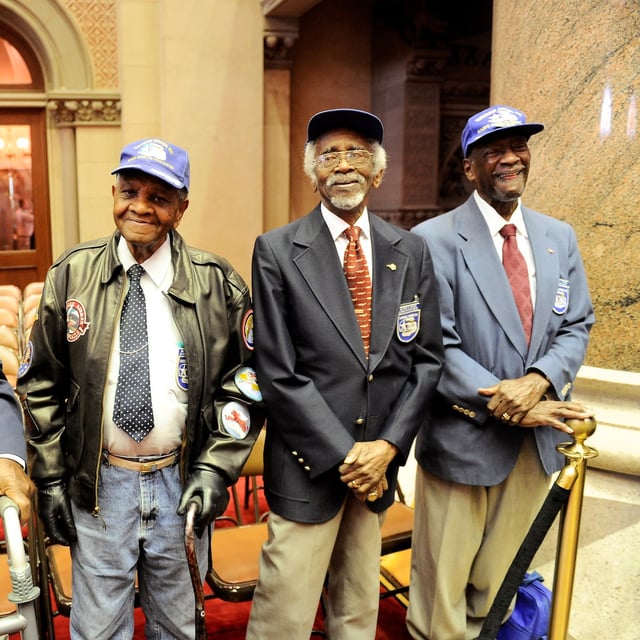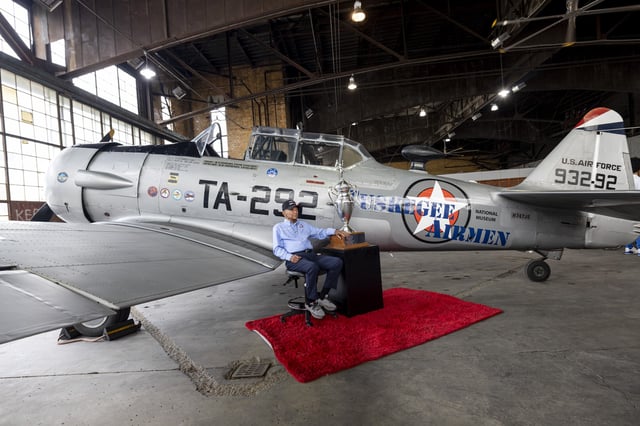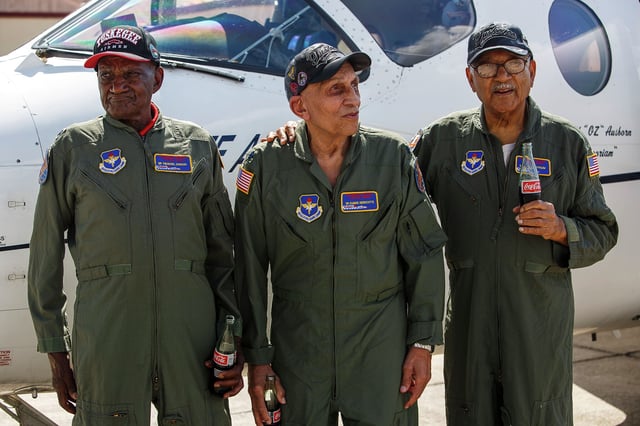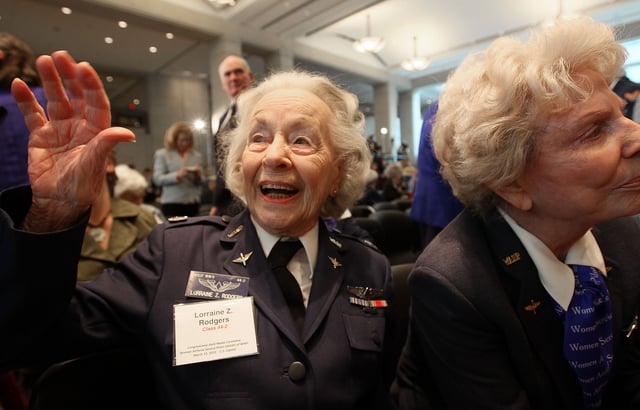Overview
- The U.S. Air Force temporarily removed training videos on the Tuskegee Airmen and Women Airforce Service Pilots (WASPs) to comply with President Trump’s executive order banning diversity, equity, and inclusion (DEI) initiatives.
- The videos were part of a broader curriculum review to ensure compliance with the new executive order, which aims to eliminate DEI-related content across federal agencies and the military.
- Air Force officials confirmed that the videos, focusing on the historical contributions of the Tuskegee Airmen and WASPs during World War II, will continue to be shown in basic training starting January 27, with revisions to remove DEI-specific material.
- The Tuskegee Airmen were the first Black military pilots, whose combat success helped lead to the desegregation of the U.S. armed forces, while the WASPs were civilian women pilots who supported military operations during the war.
- The removal and subsequent reinstatement of the videos sparked criticism from advocacy groups and officials who emphasized the historical significance of these groups beyond DEI frameworks.



